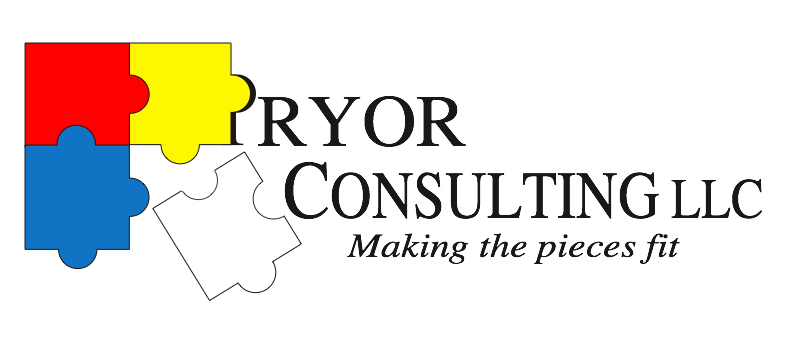The following article is wonderful example shared by RDI Consultant Linda Murphy on RDI Connect about how to teach episodic memories:
"One of the biggest shifts that social partners need to make in order to support a child with ASD to develop and access episodic memories is in their own communication. Often times when we are trying to help children access memories, we ask a lot of questions or use imperative statements: “Who did you play with at school today?” “What did you have for snack?” “Tell Daddy what movie we saw.” It goes on and on. We try so hard to get information from kids with ASD. Sometimes we get it, sometimes we don’t, and even when we do get an answer to our question, we are not getting at what we truly want to know. Don’t we instead want to know how the child felt throughout the day? What made the child smile or laugh? About connections the child shared with their friends? We want more than a one word answer, but don’t know how to get it. One thing is clear though: imperative questions and statements do not get at the heart of what we all use memories to do: share who we are!
Because we don’t always know what a child with ASD is remembering about an event – he may remember the ceiling fan that he watched or the numbers he noticed on the outside of a house – we have to mindfully spend time helping socially meaningful memories go in. We can do this using declarative language to observe, reflect and share subjective appraisals alongside the child. We can do this by becoming generous with information. This means we are sharing and not expecting anything in return. We are moving from getting to giving so that the child can truly learn to give back.
Once we have done this – once we are sure we have spent time giving – we can engage children in specific activities that support them to share what they remember. Here is one such activity:
Share memories in partnership with the child. This means, you are collaborators in the task of weaving a story. It is important to do this within a context where you were present so that you can truly support the child to succeed. Let’s go back to our trip to Boston to illustrate this idea. As you are on that trip, offer information along the way that not only recaps what you are doing, but communicates a subjective appraisal: “Wow! I can tell you really liked riding on the T. I think Park St. is your favorite stop.” … “Oh look! There’s a line for the Swan Boats, but it isn’t that long. Let’s wait because I think it will move quickly” … “You really like pizza! We should go to the North End because that’s where the best pizza in Boston is.” While on this trip, you could also easily take snapshots with your phone or PDA, capturing moments of the child in action, moments that are socially meaningful. Once your trip is complete, you remember and recap as a team. Maybe you look at the pictures together while riding home on the T, or do it as a bedtime activity. You continue to share what you remember using components that make storytelling more interesting and fun for everyone: animated facial expressions, rich intonation, gestures and dramatic pauses. Here and there, give space for the child to chime in, or even to just communicate that they remember too. This is how sharing of memories begins.
As a team, you could later tell a family member or friend about your day. You share some memories, and pause to see if your child wants to add a related memory. Your memories are triggering the child’s, and they may add a thought when you invite them to do so. You may even scaffold an idea for the child: “We went on the T and stopped at your faaaaaavorite stop ….” Or maybe you say, “We decided to eat in the North End because….” and your child chimes in: “I love pizza!”
These kinds of memories are so much more meaningful than simply stating the details. By sharing in this way, we are teaching children to share what each detail means to them on a very personal level. We are teaching them to share who they are."
If you are interested in more information about episodic memories and how to tell if your child uses them, please feel free to contact us with any questions. Feel free to ask your RDI Consultant or email
nicole@pryorconsulting.net for any questions.
To read the entire article written by Linda Murphy on RDI Connect click here.

No comments:
Post a Comment